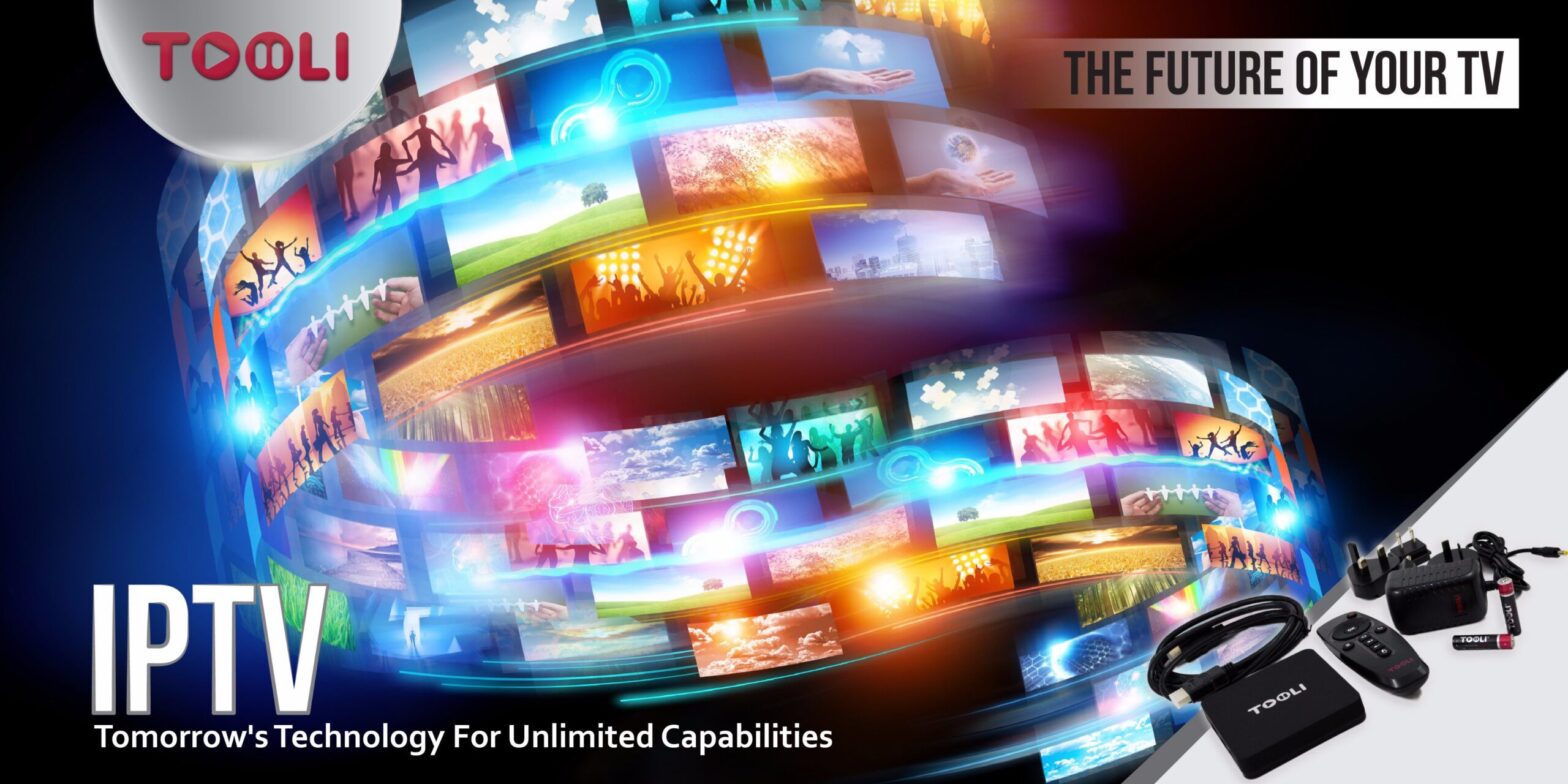Introduction
In the ever-evolving landscape of television and streaming services, Internet Protocol Television (IPTV) platforms have undergone significant transformations, particularly in their user interfaces (UI). From simple channel listings to sophisticated graphical interfaces, the evolution of IPTV UIs has revolutionized the way users interact with their television content. In this article, we’ll explore the evolution of user interfaces in IPTV platforms, from their humble beginnings to the cutting-edge interfaces of today, and discuss the future implications of these advancements.
The Early Days: Basic Channel Listings
When IPTV first emerged, user interfaces were rudimentary, often resembling traditional channel listings found on cable or satellite TV. Users navigated through a simple grid layout to access channels and view program schedules. While functional, these early UIs lacked the visual appeal and interactive features that define modern IPTV platforms.
The Rise of Graphical Interfaces
As technology advanced, so too did IPTV user interfaces. Graphical interfaces began to replace the static channel listings of the past, offering users a more visually engaging and intuitive browsing experience. Users could now navigate through menus, browse content categories, and access additional features such as search functionality and personalized recommendations.
Integration of Smart TV Features
With the proliferation of smart TVs and connected devices, IPTV platforms evolved to seamlessly integrate with these devices, further enhancing the user experience. Smart TV features such as voice control, gesture recognition, and multi-screen viewing became standard components of IPTV UIs, allowing users to interact with their television content in new and innovative ways.
Personalization and Recommendations
One of the most significant advancements in IPTV UIs is the integration of personalization and recommendation algorithms. By analyzing user viewing habits and preferences, IPTV platforms can now provide personalized content recommendations tailored to each individual user. This level of customization not only enhances the user experience but also increases user engagement and retention.
Future Implications
Looking ahead, the future of IPTV UIs is filled with exciting possibilities. As technology continues to evolve, we can expect to see even more sophisticated interfaces that leverage artificial intelligence (AI), augmented reality (AR), and virtual reality (VR) technologies to provide immersive and personalized viewing experiences. Additionally, advancements in user interface design and accessibility will ensure that IPTV platforms remain user-friendly and accessible to a diverse audience.
Conclusion
In conclusion, the evolution of user interfaces in IPTV platforms has transformed the way users interact with their television content. From basic channel listings to sophisticated graphical interfaces with personalized recommendations, IPTV UIs have come a long way in enhancing the user experience. As technology continues to advance, the future of IPTV UIs holds great promise, offering users even more immersive, personalized, and intuitive viewing experiences. Stay tuned as we continue to witness the exciting evolution of IPTV platforms and their user interfaces. Click here to check out our subscription plans and start your IPTV journey now!
Read the companion article on “IPTV and the Future of Remote Education: A New Era of Learning” here.
